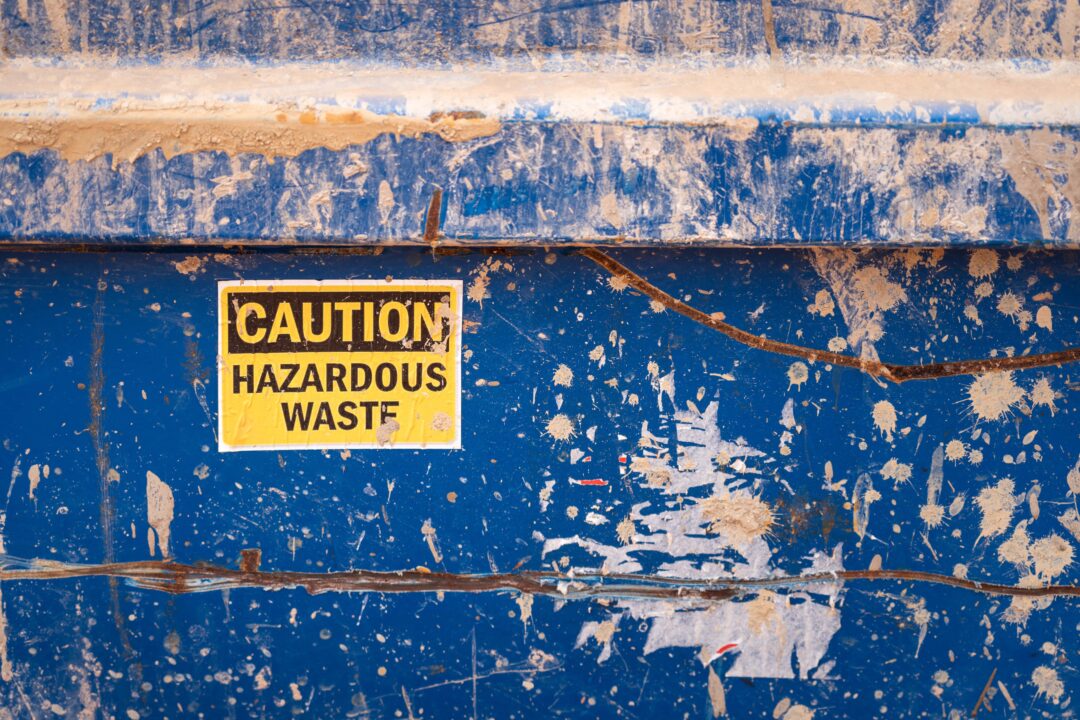 When examining the intricacies of hazardous waste management, a manager must first discern what defines hazardous waste. The EPA, under its hazardous waste management program, utilizes the term “solid waste” to characterize waste. While this might seem straightforward, understanding hazardous waste entails diving deep into the regulations set forth by the Resource Conservation and Recovery Act (RCRA) Subtitle C.
When examining the intricacies of hazardous waste management, a manager must first discern what defines hazardous waste. The EPA, under its hazardous waste management program, utilizes the term “solid waste” to characterize waste. While this might seem straightforward, understanding hazardous waste entails diving deep into the regulations set forth by the Resource Conservation and Recovery Act (RCRA) Subtitle C.
Hazardous waste is not a monolithic entity. It possesses properties that make it harmful to human health and the environment. Its sources vary, from industrial manufacturing process wastes to everyday items like batteries. Given its diverse nature, the EPA formulated a process that identifies specific hazardous materials, considering both known substances and those that meet specific criteria. This identification process is methodical, starting with determining if a material qualifies as solid waste and assessing if it falls under any exclusions or listings under RCRA regulations. These steps underscore the intricacy involved in categorizing waste, revealing the importance of expertise and thoroughness in waste management.
Balancing the Triad: Compliance, Safety, and Sustainability
- Compliance with Regulatory Frameworks: Manufacturers find themselves entwined in a complex matrix of regulations, each designed to protect human health and the environment. Beyond the general classifications, specific wastes are governed by unique standards, exemptions, or exclusions. Examples range from Cathode Ray Tubes (CRTs) to Pharmaceutical hazardous wastes and even Universal Waste. These nuances highlight the need for manufacturers to prioritize appointing dedicated compliance officers, conduct regular internal audits, and maintain transparent reporting. Staying updated with initiatives from the EPA, such as the Electronic Manifest Initiative or Drum Reconditioning, can offer insights into evolving regulations and best practices.
- Safety First: Protecting the Workforce and Environment: Ensuring safety in the hazardous waste landscape goes beyond regulatory compliance. At the heart of it lies the welfare of the workforce and the neighboring communities. This involves rigorous training for employees, emphasizing safe handling and storage, and preparing for unforeseen emergencies. Personal Protective Equipment (PPE) becomes a non-negotiable aspect of such environments. Beyond immediate safety, regular safety audits provide insights into potential hazards, ensuring a proactive approach to accidents.
- Sustainability and the Circular Economy: Sustainability transcends compliance and pivots on the conscientious management of resources. Embracing a circular economy model, manufacturers can lean into waste reduction, resource conservation, and holistic environmental impact reduction. This involves designing products for recyclability, maximizing waste recycling, and investing in waste treatment technologies that prioritize resource recovery.
EPA’s Cradle-to-Grave Paradigm: This holistic approach, enshrined in the RCRA, encompasses the entire lifecycle of hazardous waste. From its generation and transportation to treatment, storage, and final disposal, every stage is meticulously regulated. Generators of hazardous waste bear the onus of ensuring its proper management. They must document the waste’s journey, verify its proper treatment or recycling, and, when disposed of, ensure it’s done sustainably.
Moreover, the transportation of these hazardous wastes, given they traverse public thoroughfares, falls under both EPA and U.S. Department of Transportation regulations. Recycling, while encouraged to reduce the strain on resources, comes with its challenges, from potential leaks to soil and water contamination. As such, Treatment Storage and Disposal Facilities (TSDFs) play a crucial role, undergoing stringent regulation to safeguard against potential risks.
As many industrial sectors grapple with hazardous waste, the way forward lies in mastering this triad of compliance, safety, and sustainability. By aligning with the RCRA framework, leveraging the insights and tools provided by the EPA, and placing employee and environmental safety at the forefront, you can better navigate this challenging terrain while fostering a sustainable future.